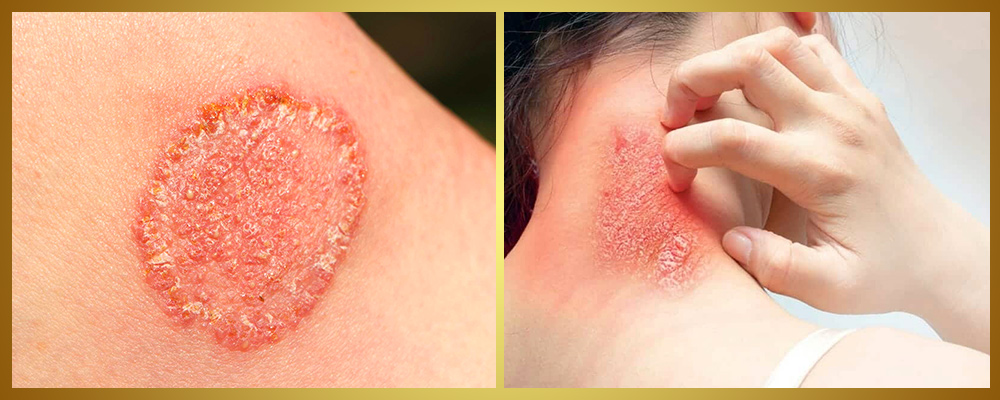Table of Contents
Fungal Infections: Types, Symptoms and Causes
What Is a Fungal Infection?
A fungal infection, or mycosis, is a skin problem caused by fungi. Fungi are tiny organisms found in places like soil, plants, and even on your skin. Sometimes, they can cause rashes or bumps.
Bacterial vs. Fungal Infections
The main difference is in the treatment. Fungal infections need antifungal medicine, which takes time. Bacterial infections are treated with antibiotics, which work faster.
Symptoms of fungal infection

Symptoms depend on the type and location of the infection. Typical locations include:
a. Skin/Nails: Dry, red, burning, hard or cracked nails.
b. Mouth/Throat: Painful when eating, white, loss of taste.
c. Cough: Cough (sometimes bloody), fatigue, fever, shortness of breath.
d. Brain: Headache, fever, sore throat, confusion.
e. Eyes: Painful, red, dry eyes.
f. Bowel: abdominal pain, nausea, vomiting.
g. Nose: cold, constipation, sore mouth.
Types of Fungal skin infections
Fungal infections can occur anywhere in the body. The most common types are:
Athlete’s Foot: Affects feet and grows in hot, humid environments such as shoes and public bathrooms. It causes skin irritation, burning and cracking.
Jock Itch: Affects the area of the groin that is common in tropical areas. It causes a red, painful, ring-like rash.
Ringworm: A viral infection that causes ring-shaped red blisters with raised tips. It is spread through contact with infected people, animals, or surfaces. Yeast infections: Candida overgrowth in warm, moist areas, such as the armpits and thighs, is the cause. Redness, pain and burning.
Onychomycosis: Affects toenails, causing them to become hard, discolored and sometimes tear around their nail bed. It is more common in older adults.
Causes of fungal disease
Fungal infections are caused by various fungi, e.g.
a. Dermatitis: Affects hair, nails and skin.
b. Candida: A yeast that can overgrow under certain circumstances.
c. Environmental fungi: Found in soil or water (e.g. Histoplasma, Aspergillus).
Treatments
Topical Antifungals:
Creams, lotions, or shampoos like Clotrimazole, Miconazole, or Terbinafine. Use for up to a year for nail infections or 2 weeks after symptoms disappear for others.
Antifungal Tablets:
If topical treatments don’t work or the infection is severe, your doctor may prescribe tablets like Griseofulvin, Itraconazole, or Terbinafine, taken for up to 6 months.



